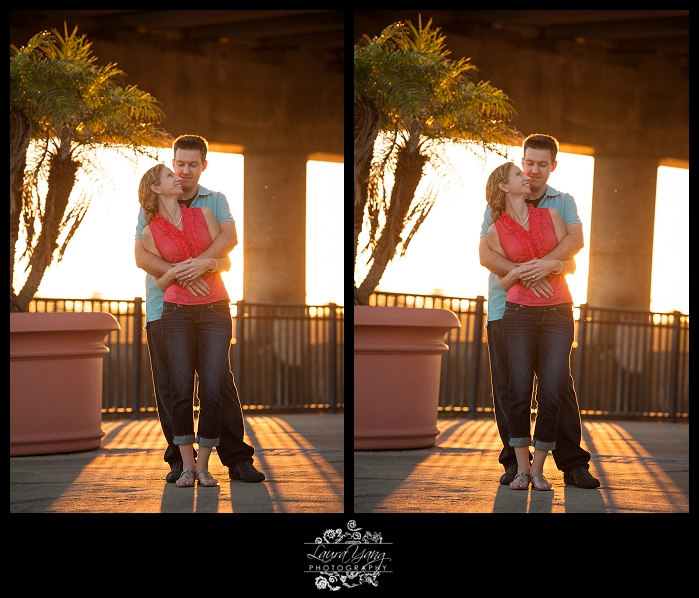Note: Photographers’ Friday is a weekly blog series directed toward professional photographers, and in some instances, serious amateur photographers. All Photographers’ Friday blog posts will assume that readers have a basic working knowledge of digital SLR cameras, but if you’re left with questions or don’t understand any of the information, don’t hesitate to ask. We love e-mails!
—
So, our Photographers’ Friday posts are generally intended for people who have a career in photography, or aspire to have one — but today is aimed at everyone who ever carries a camera. Or an iPhone. We can all make our photographs better and better if we keep practicing — and keep a few handy rules in mind.
1.) Straighten out your horizons.
This is one of my biggest photography pet peeves — because, really, it’s not that hard to get the horizon straight in a photograph, and for anyone who edits their photos afterward, it’s incredible easy to straighten an image in post processing, so I think it seems a little careless whenever I see a crookedly composed photograph. If you want your photograph to be at an angle, which is sometimes a great idea, then angle your image purposefully. Don’t just let the straight lines in your pictures — horizons, roof lines, columns, trees — be slightly off kilter so that it looks as if the world is sliding downhill. Compare — what looks better, off kilter or straightened out? 2.) Don’t ask your subjects to cheese for the camera.
2.) Don’t ask your subjects to cheese for the camera.
A lot of professional photographers capture great candids or candid-looking moments — but a lot also don’t. While portraits of subjects looking straight into the camera are always going to be desirable, if all you shoot are people looking into your camera, your pictures will lack the diversity and realness that often sets excellent portrait photographers apart from so-so portrait photographers (whether professional or amateur).
3.) Ditch the straight-on flash.
If your camera has a flash built into it, try turning it off. If you’re a DSLR shooter who uses the pop-up flash, or mounts a speedlight on your camera and aims that speedlight straight at your subjects — whether through a diffuser or just using the bare-bulb — you’re not doing yourself or your subjects any favors. Direct flash rarely looks professional . . . because professional wedding and portrait photographers rarely use direct flash. (Sports photographers and many professional photojournalists do.) One of the keys to beautiful portraits is the interplay between highlight and shadow. Using direct flash obliterates shadows, leaving your subject’s face looking flat and hard.
4.) Remember the rule of thirds.
They say rules are there for breaking, and I agree, but this is one rule that almost always makes a photograph more appealing. Instead of centering your subject in every photograph, imagine your photograph divided into nine equal sectors — three rows horizontally, three columns vertically. Now place your subject along one of those lines instead of in the middle of the picture. Like this — see how Denise is right along the first vertical third of the photograph? It’s a lot more interesting than if she were in the middle of the frame. If you’ll be carrying a camera around this weekend — whether for a professional shoot or just for fun — I hope you’ll have a great time, and that maybe remembering these tips will help out even just a little bit!
If you’ll be carrying a camera around this weekend — whether for a professional shoot or just for fun — I hope you’ll have a great time, and that maybe remembering these tips will help out even just a little bit!
~ Laura
Be the first to comment